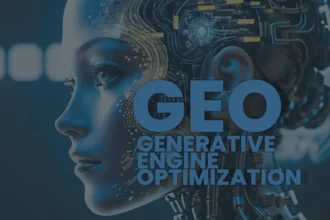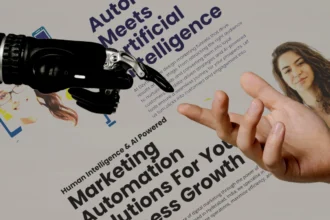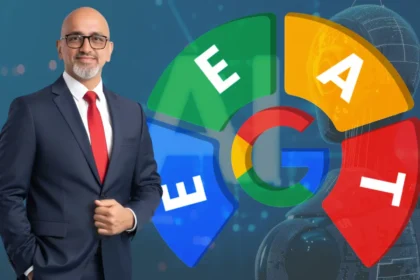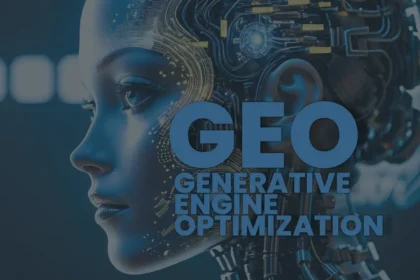Introduction
In today’s fast-paced digital world, customers expect instant answers. Forms and delayed responses are no longer acceptable—people want real-time conversations. That’s exactly where conversational marketing steps in.
Using AI-powered chatbots, businesses can now offer immediate, personalized interactions that not only resolve queries but also convert prospects into loyal customers. Let’s explore how this approach is redefining the customer experience.
What is Conversational Marketing?
Conversational marketing is the use of real-time, one-to-one connections between marketers and customers, typically via chatbots, live chat, and messaging apps.
Unlike traditional marketing funnels that require multiple touchpoints, conversational marketing accelerates the buyer journey by providing the right message at the right time—instantly.
“Conversational marketing bridges the gap between curiosity and conversion.”
Why It’s Gaining Momentum
- 24/7 Availability – Chatbots can answer questions even while you sleep.
- Frictionless Engagement – No need for forms or waiting for call-backs.
- Personalization – AI analyzes user data to tailor responses.
- Conversion Boost – Engaging in the moment increases likelihood of action.
HubSpot reports that 82% of consumers expect immediate responses when they have questions—AI makes it possible.
Channels of Conversational Marketing
- Website Chatbots – Greet visitors, answer FAQs, qualify leads.
- Social Media DMs – Facebook Messenger, Instagram Chat for instant customer care.
- WhatsApp & SMS – Real-time updates and support through mobile messaging.
- Voice Assistants – Alexa, Google Assistant for voice-based queries.
How AI Enhances Chatbots
Modern AI chatbots don’t just give scripted replies—they use natural language processing (NLP) and machine learning to:
- Understand user intent
- Improve over time
- Maintain human-like interactions
- Offer multilingual support
- Integrate with CRMs and marketing platforms
Use Cases of Conversational Marketing
- Lead Qualification – Ask questions to segment users and recommend services.
- Product Recommendations – Offer tailored suggestions based on browsing history.
- Appointment Booking – Sync with calendar tools for hassle-free scheduling.
- Customer Support – Answer common questions and escalate complex ones to humans.
- Order Tracking – Real-time shipping updates via chat.
Benefits for Businesses
- Improved User Experience
- Faster Lead Generation
- Higher Retention Rates
- Reduced Operational Costs
- Consistent Brand Voice Across Channels
Implement a hybrid model – AI for first-level support and human agents for complex interactions to get the best of both worlds.
Things to Watch Out For
- Over-Automation – Users can get frustrated with bots that don’t escalate properly.
- Privacy Compliance – Ensure GDPR (General Data Protection Regulation)/ CCPA (Central Consumer Protection Authority) compliance for data collection.
- Tone & Personality – Your bot should reflect your brand tone, not sound robotic.
Conclusion: Talk → Engage → Convert.
Conversational marketing is not just a tool – it’s a paradigm shift in how brands connect with customers. With AI-powered chatbots, even small businesses can provide enterprise-level experiences that are fast, personalized, and scalable.
Thinking about adding AI chatbots to your marketing strategy?
Let’s build a smarter customer journey → Partner with DzynBuzz.com and let our team craft a solution tailored to your brand’s goals.
Featured image source Freepik.com













